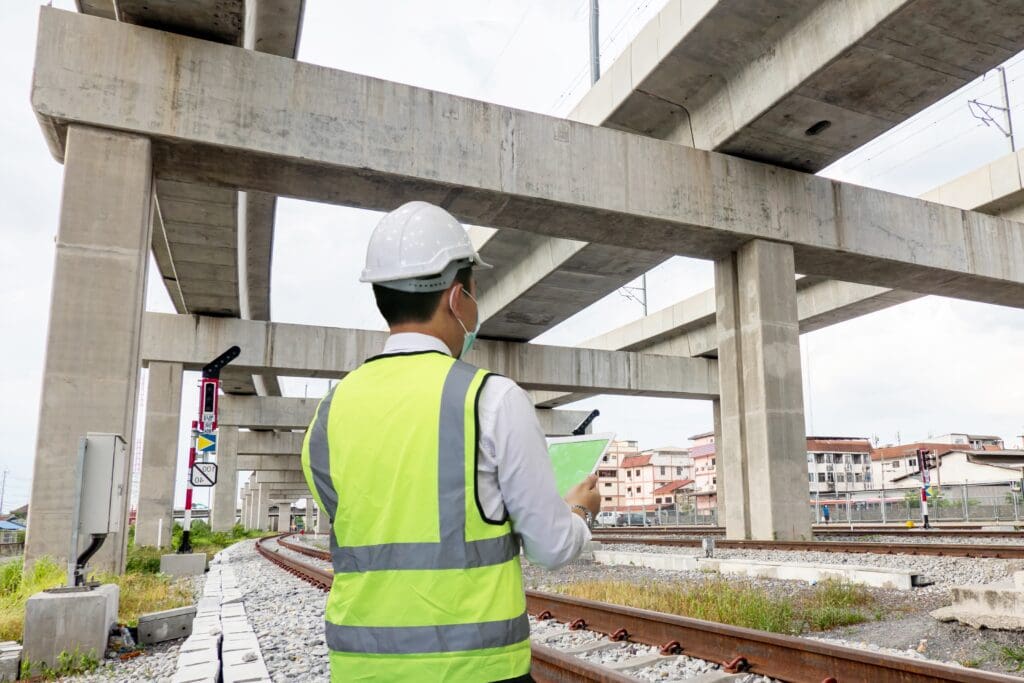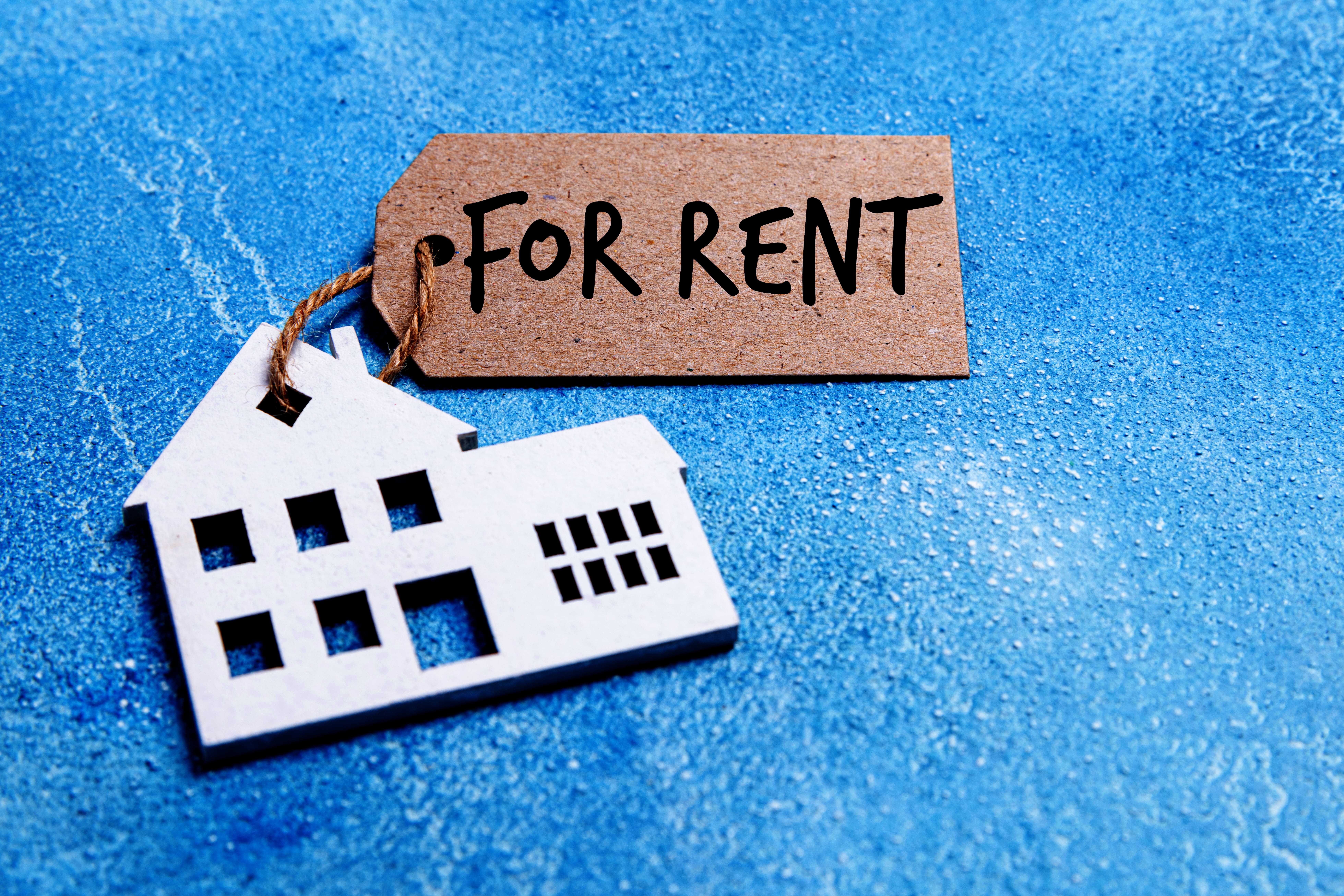Understanding the potential for future rental demand in a specific area is crucial for a successful investment strategy. In this blog post, we will provide you with valuable insights and actionable tips to help you evaluate rental demand trends effectively.
1. Real Estate Market Trends
Your starting point should be utilizing the experience of a professional real estate agent to help you delve into local market trends. With their assistance, you can study the historical and current real estate market trends in an area. Agents have access to data that may not be readily available to you. They can look for patterns of rental price increases, demand fluctuations, and overall market stability. This data will help you gauge the potential for future rental demand.
2. Demographic Analysis

One of the most important factors to consider are local demographics. Look for factors such as population growth, employment opportunities, and the influx of millennials or young professionals into the area. A growing population and a strong job market are indicators of increasing rental demand.. Economic Indicators
3. Rental Vacancy Rates
Research the historical rental vacancy rates in the area. Low vacancy rates imply that the demand for rentals has been consistently high. Moreover, a declining trend in vacancy rates indicates an increasing demand for rental properties.
4. Educational Institutions
Proximity to reputable schools and universities can significantly impact rental demand, especially in family-oriented neighborhoods. Families often seek rental properties near good schools, making it a valuable consideration for potential investors.
5. Job Market

Analyze the local job market, specifically in high-demand industries. Areas with a stable job market and a diverse range of employment opportunities tend to attract more potential tenants.
6. Online Search Trends
Utilize keyword research tools to understand the online search trends related to rental properties in the specific area. Identify popular search terms used by potential tenants to gain insights into their preferences.
7. Local Amenities
The availability of essential amenities like parks, shopping centers, healthcare facilities, and recreational areas can influence the attractiveness of an area for renters.
8. Infrastructure Development

Pay attention to any upcoming infrastructure projects, such as new public transportation lines, highways, or commercial centers. These developments can elevate an area’s desirability for renters.
9. Government Policies
Keep track of any government policies or initiatives that might impact the rental market, such as rent control laws or housing development incentives.
10. Economic Indicators
Keep a close eye on the area’s economic indicators. A healthy and diverse economy is more likely to attract potential renters. Factors like GDP growth, business development, and new infrastructural projects are signs of an area’s economic vitality.
By incorporating these tips into your rental demand evaluation process, you can make informed investment decisions and position yourself for success in the competitive real estate market. Remember, predicting rental demand is a complex task, but with a strategic approach and thorough research, you can increase your chances of achieving profitable returns.
#RentalDemand #RealEstateInvesting #PropertyInvestmentTips #RealEstateMarket #FutureRentals #PropertyInvestor


For a copy of our home buying process, please fill out the form on this page. The guide will be emailed immediately.
If you are looking for assistance in the metro Atlanta area, please reach out to us. We would love the opportunity to help you with your home purchase or sale.
If you are in another part of the country, we may be able to refer you to an agent in your market.
